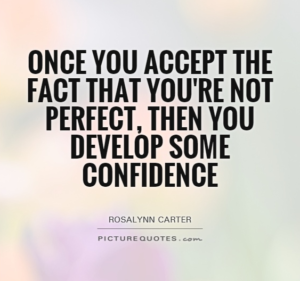I returned from another week of sex education. I took courses titled the Exceptional Sex Therapist (3 days); Resolving Trauma Through Somatic Experiencing, and Sexuality & Culture. Surprisingly, my favorite course was Introduction to Tantra. Before this course I thought Tanta was having sex for 24 hours at a time, which seemed kind of like a waste of time, honestly. I learned, instead, that tantra is a way of experiencing the eroticism in everyday life, sometimes without any specifically sexual encounters. Tantra is welcoming inter-connection while maintaining a primary connection with oneself. Eroticism bigger than sex—sensory and intellectual pleasure of many types and more of an attitude than particular events. Since March 17th, I keep going back to the 8 Principles of Tantra so I will briefly describe them here.
- Everything is an Experiment: Beginners mind, openness to experience, observation, willingness to gather data
- As Within, so Without: what happens in the world affects our individual experience; we need to prioritize and reset our bodies; we can offer our balance to the world
- Tapas and Spanda: in a concrete visual form, these are the eyes in the yin and yang that reflect the healthy healthy “masculine” energy within “feminine” energy and the healthy “feminine” energy within “masculine” energy. The tapas is about patient, non-attached willpower and the spanda is about a sense of wonderment, thrill, and joy.
- Inner Marriage: the healthy interconnection of dual, or contrasting energies within oneself. A well-integrated person is able to be consistently present in the world.
- Multiple Realms of Consciousness: everyday waking consciousness, mythical consciousness (symbols, projections), magical consciousness (big energy, transformation), and integral consciousness (all levels of consciousness simultaneous)
- Ascending and Descending Currents: chakras
- Transformational Healing Power of Pleasure: this may be my favorite principle–that pleasure can heal! As a trauma therapist and human being, I know that people can get stuck in trauma, vigilance, and guardedness. True pleasure is the opposite! True pleasure can restore our bodies and clear our minds. While sometimes pleasure can invite trauma processing (for example, someone can remember a painful event while laying on the beach) it also provides a welcome, stabilizing context for healing. It’s important to differentiate impulse and addictions from pleasure.
- Love: love, like pleasure, heals. It also connects people and connects humans to their surroundings.

